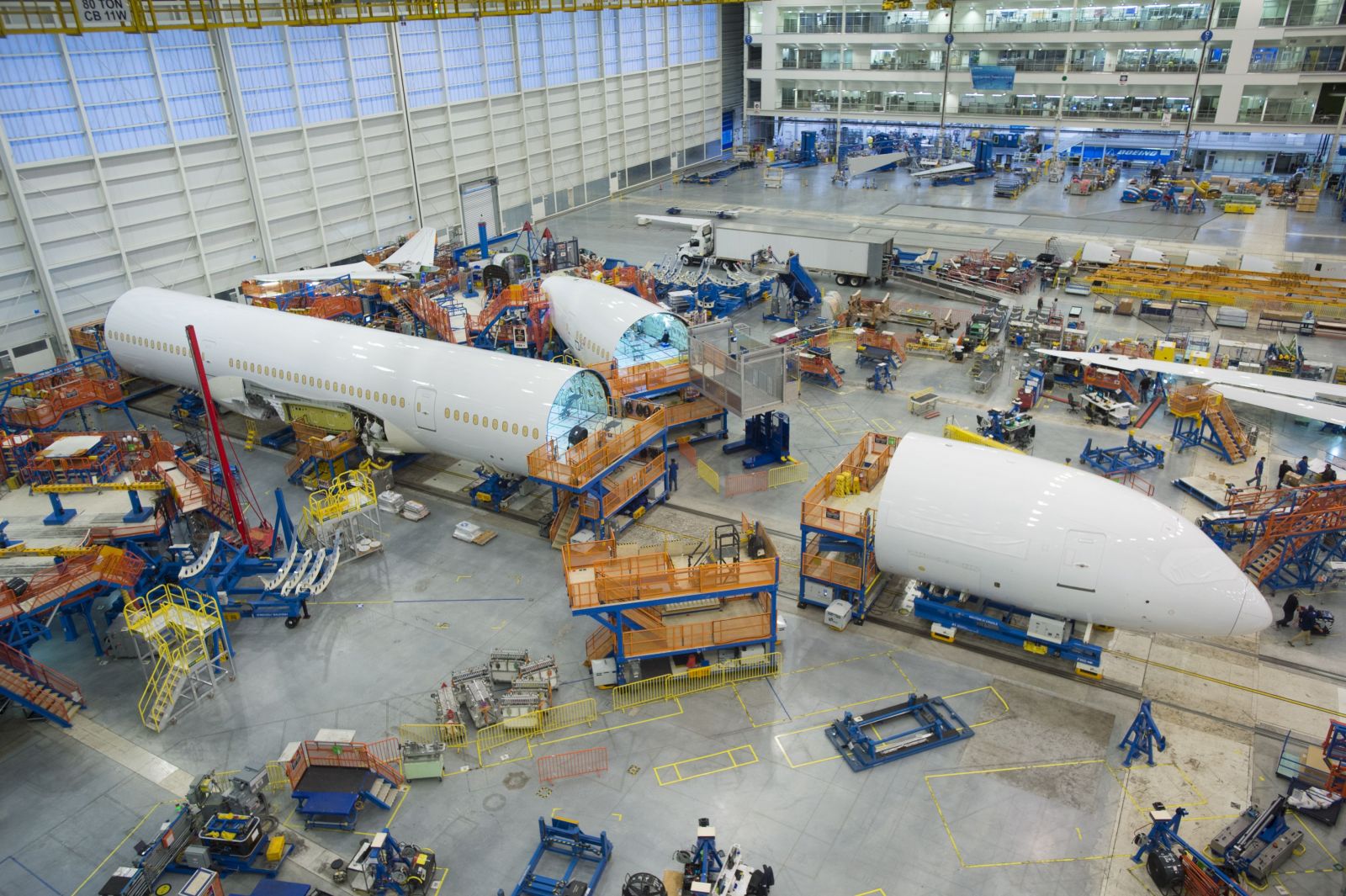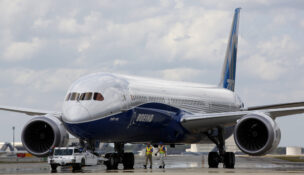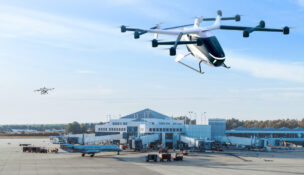Boeing plans another 787 rate cut, dropping to 10 next year
Staff //January 30, 2020//
Boeing Co. plans to further cut the production rate of 787 airplanes to 10 per month beginning in early 2021, marking the second quarter in a row that the company has announced a reduction to the program.
Gregory Smith, CFO and executive vice president of enterprise performance and strategy for Boeing, said in the company’s quarterly earnings call Wednesday that despite “solid order activity” in 2019 for 787 and 777 planes, the global trade environment has presented challenges in wide-body production, particularly for the 787.
 Boeing currently produces 14 787s per month between its Everett, Wash., and North Charleston facilities. Production of the 787-8 and 787-9 is split between the two sites and the 787-10 is produced entirely in North Charleston. In October, the company said it would be cutting the rate of production to 12 per month in late 2020.
Boeing currently produces 14 787s per month between its Everett, Wash., and North Charleston facilities. Production of the 787-8 and 787-9 is split between the two sites and the 787-10 is produced entirely in North Charleston. In October, the company said it would be cutting the rate of production to 12 per month in late 2020.
Smith said Boeing intends to return to a production rate of 12 per month in 2023.
“There’s still great demand for the wide-body franchises, and you see that in the backlog and you see that in the market outlook,” he said. “So I think the potential there going forward continues to be strong.”
Boeing has 520 backlogged orders for the 787, according to the company’s orders and deliveries website. Boeing received 74 net orders for 787s in 2019.
In a statement, Boeing said it is still working through the details of how the rate cut will affect employees.
“We understand that teammates throughout the production system will have questions and we will communicate additional details as soon as possible,” the statement said.
Smith said Boeing was glad that the U.S. and China reached Phase I of a trade deal, but “in the meantime, we think it’s prudent to take a more measured approach to our 787 future production rates.”
President Donald Trump signed the first phase of a trade deal with China earlier this month, relaxing some of the tariffs he placed on Chinese imports in exchange for China’s agreement to buy more American products and better protect American companies’ intellectual property.
Smith said “there’s no reason to believe” that Chinese orders for the 787 will have to wait until the U.S. and China reach Phase II of their trade deal.
Boeing President and CEO David Calhoun said the trade deal “matters a lot” because China is a big market for wide-body planes.
“And I believe if … our Chinese customers come back and we rebuild the relationship we’ve always had and enjoyed with them, I think that is a major stimulus,” Calhoun said.
He added that he expects more demand for the 787-10 as airlines begin looking to replace their wide-body fleets.
“It’s just an incredible value proposition and machine for our customers, especially considering what it’s going to be replacing in the market,” he said.
l

















